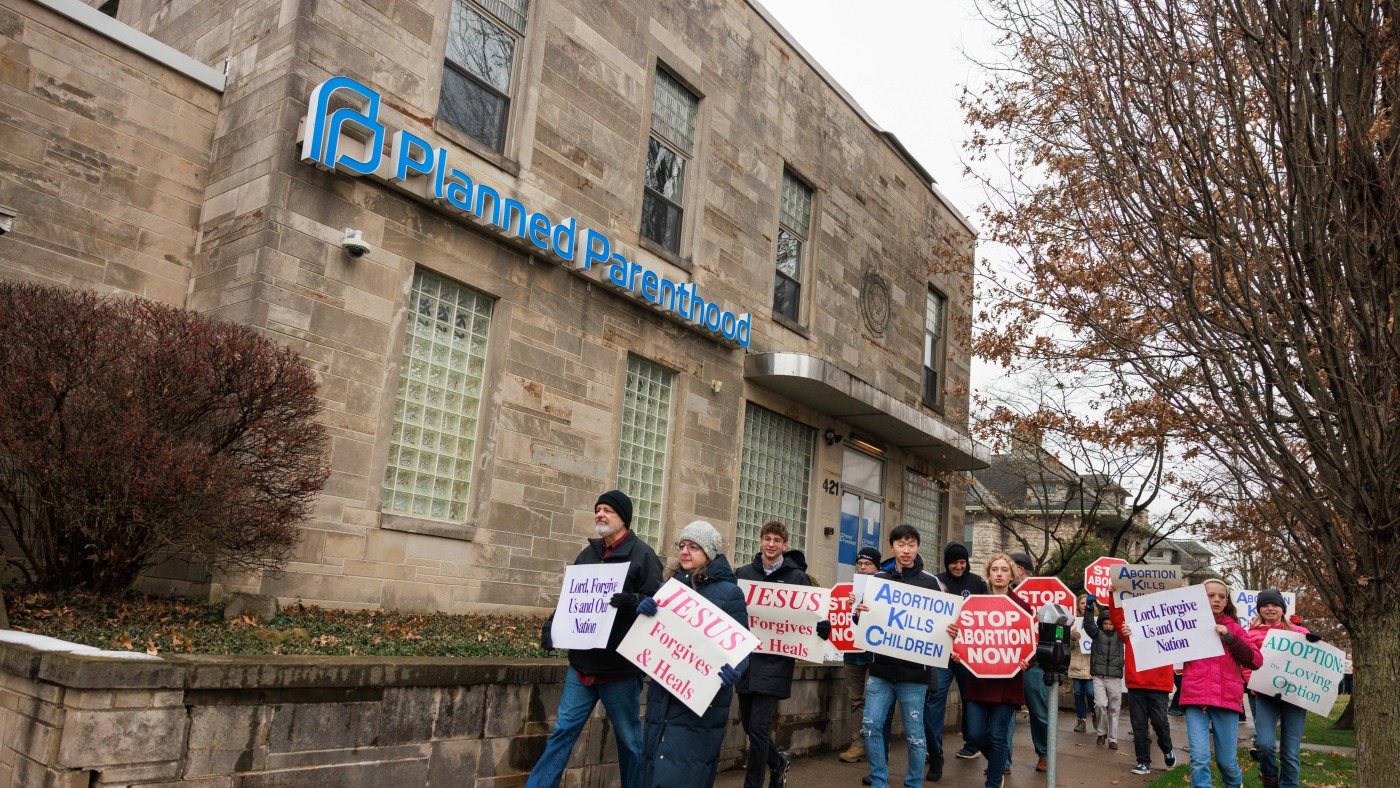The Evolving Landscape of Abortion Access in the United States: A Post-Dobbs Analysis
The Supreme Court’s decision in Dobbs v. Jackson Women’s Health Organization in June 2022 marked a seismic shift in the landscape of abortion access in the United States. By overturning Roe v. Wade, the ruling returned the power to regulate abortion to individual states, resulting in a patchwork of laws that has left many women navigating a complex and often perilous journey to obtain reproductive healthcare. This article explores the current state of abortion access, the impact of state laws, and the innovative responses from healthcare providers and activists.
The Immediate Aftermath of Dobbs
In the wake of the Dobbs decision, 14 states swiftly enacted near-total bans on abortion, while others imposed significant restrictions. For many women, this meant that local access to abortion care was no longer an option. In Indiana, for example, the Planned Parenthood clinic in Bloomington has shifted its focus to providing birth control and sexually transmitted disease testing, as abortion services became illegal. This shift reflects a broader trend across the country, where clinics that once offered comprehensive reproductive health services are now forced to adapt to the new legal landscape.
The Migration of Abortion Services
As states began to restrict abortion access, healthcare providers found themselves in a position where they had to adapt quickly. In Columbia, Missouri, a Planned Parenthood clinic that could no longer provide abortions began shipping its surgical equipment to states where abortion remained legal. This included recovery chairs and surgical lighting, which were sent to Oklahoma, a state where Planned Parenthood was expanding its services. However, as Oklahoma also moved to ban abortion, the equipment was once again relocated, this time to Kansas, where abortion access is constitutionally protected.
Kansas has emerged as a critical hub for abortion services, attracting patients from states with stricter laws. Clinics in Kansas report a significant influx of patients from Texas, Missouri, Oklahoma, Arkansas, and Louisiana, highlighting the lengths to which individuals will go to access reproductive healthcare. The demand for services in Kansas has surged, with clinics struggling to keep up with the volume of inquiries and appointments.
The Rise of Interstate Travel for Abortion Care
The Dobbs ruling has led to a notable increase in interstate travel for abortion care. According to the Guttmacher Institute, over 170,000 individuals traveled out of their home states to obtain abortion services in 2023 alone. This trend underscores the desperation many face in seeking care, as they navigate a fragmented system where access is determined by geographic location.
While some individuals are traveling across state lines, others are utilizing telehealth services to obtain medication abortions, which have become more accessible in the wake of the ruling. The rise of self-managed abortions, particularly those involving the medication mifepristone, has also contributed to the overall increase in abortion numbers. Guttmacher data indicates that the majority of the increase in abortions in states without total bans is attributed to in-state residents, as resources and access to care have expanded.
The Response from Activists and Organizations
In response to the growing need for abortion services, organizations like the Midwest Access Coalition have stepped up to provide logistical and financial support for individuals seeking care. The coalition has seen a dramatic increase in demand for its services, helping nearly 1,800 individuals in 2023 alone. This includes arranging transportation, booking hotel accommodations, and providing financial assistance for food and childcare.
The National Network of Abortion Funds has also reported a significant uptick in requests for assistance, with a 39% increase in requests following the Dobbs decision. However, the organization has faced challenges in maintaining funding, experiencing a "staggering drop off" in donations despite the increased demand for services.
The Ongoing Debate and Future Implications
As the landscape of abortion access continues to evolve, both sides of the debate are preparing for the next round of policy decisions. Ballot initiatives in at least ten states could potentially enshrine abortion rights, expanding access in areas where it has been severely restricted. Advocates for abortion rights argue that these measures are essential to protect the health and autonomy of individuals, while opponents maintain that such laws threaten the lives of unborn children.
In Kansas, Planned Parenthood clinics are working tirelessly to meet the needs of patients, but they still face significant challenges. Despite expanding their facilities and services, they are only able to accommodate just over half of the individuals seeking appointments. This gap highlights the ongoing struggle for access and the critical need for comprehensive reproductive healthcare across the country.
Conclusion
The Dobbs decision has fundamentally altered the landscape of abortion access in the United States, creating a complex and often challenging environment for individuals seeking reproductive healthcare. As states continue to enact restrictive laws, the response from healthcare providers, activists, and organizations will be crucial in navigating this new reality. The journey for many individuals seeking abortion care is fraught with obstacles, but the resilience and determination of those advocating for access remain a beacon of hope in an uncertain landscape. As the nation approaches pivotal policy decisions, the future of abortion access hangs in the balance, with lives and health outcomes at stake.


